1) Purpose & Scope
This guide helps maintenance, QA, and operations teams decide when an instrument has reached its practical service life and should be overhauled, replaced, or retired. It aligns with regulatory, safety, and economic considerations across process industries.
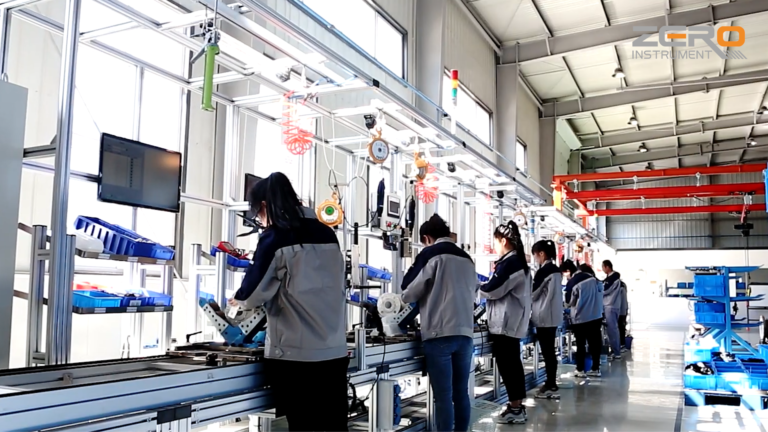
2) Clear EoL Criteria (Trigger Any One → EoL Decision)
Regulatory non-compliance
Fails compulsory verification or is beyond the legal validity period for verification/calibration.Performance out of tolerance
After two consecutive calibrations, indication error still exceeds allowable limits, or stability/repeatability/drift fails to meet use requirements despite adjustment.Reliability degradation
High failure rate, frequent post-repair recurrences, and measurable impact on production or safety.Functional loss
A key function (measurement, control, protection, or communication) no longer works.Safety hazard
Aging/damaged sensors, burned circuits, or degraded insulation introduce credible risks (leakage, short, fire, explosion).Technology/standard obsolescence
Cannot meet current process/quality/safety/environmental management requirements; spares unavailable or incompatible with new systems.Economics no longer rational
Annual maintenance cost > 30% of instrument original value, or single repair > 20% of original value.
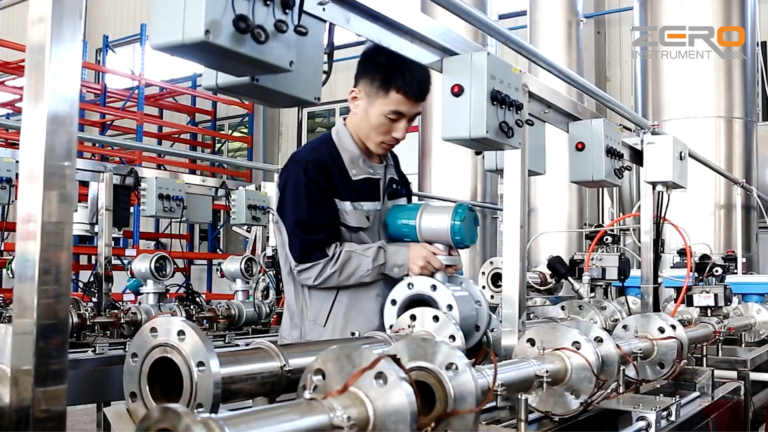
3) Baseline Service Life by Category (Typical Ranges)
Use manufacturer’s design life when specified. If absent, apply industry norms below, then adjust via Section 4.
3.1 Industrial Process Instruments
Conventional indicators: pressure gauges, bimetal thermometers, glass rotameters → 5–8 years
Liquid level (float / DP) → 6–10 years
Smart transmitters (P/DP/T) → 8–12 years
Valve positioners, PLC I/O modules → 10–15 years
Online analyzers (pH, DO, etc.) → 5–8 years (sensors typically 1–3 years replacement cycle)
3.2 Legal Metrology / Trade Settlement
Flowmeters for trade (water/gas/oil) → 5–6 years (compulsory replacement or scrap at term)
Energy/gas meters: residential 8–10 years, industrial 5–8 years
Safety-critical pressure gauges → 4–6 years (verify semi-annually; fail = scrap)
Non-compulsory lab instruments (e.g., reference pressure/thermometers) → 8–12 years subject to calibration compliance.
3.3 Laboratory Analytical
Bench instruments (spectrophotometer, pH meter) → 5–8 years
Balances: ≤0.1 mg → 8–10 years; >0.1 mg → 5–7 years
GC/LC → 10–15 years (columns 3–5 years)
MS/Optical spectrometers → 12–15 years (ion sources/critical parts 2–5 years)
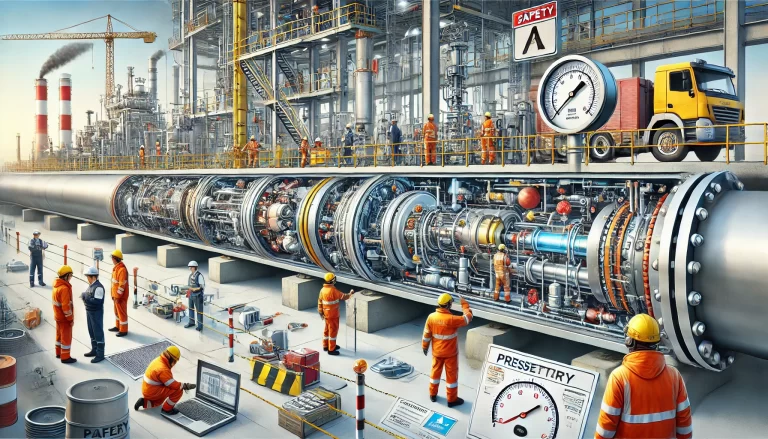
4) Adjustment Factors (Apply to Baseline Life)
Implement dynamic adjustment within ±30% based on environment, duty cycle, and maintenance quality.
| Condition | Adjustment |
|---|---|
| Harsh environment (T > 60 °C, RH > 85%, corrosive media, heavy dust) | × 0.7–0.8 |
| Continuous duty (≥20 h/day) | × 0.8–0.9 |
| Excellent maintenance (periodic calibration, quarterly service, complete records) | × 1.1–1.2 |
| Intermittent use (≤40 h/week) | × 1.2–1.3 |
Example: Smart DP transmitter baseline 10 years, harsh + continuous → 10 × 0.8 × 0.9 ≈ 7.2 years target life.
5) Governance & Records
Device ledger: purchase date, baseline life, service adjustments, calibration/maintenance history, predicted retirement date.
Annual reliability review: at least once per year, analyze failure modes; decide extend/overhaul/retire.
Separate control for compulsory-verification instruments: strict adherence to legal cycles; end-of-validity → decommission unless renewed and compliant.
Conformance first: for instruments under safety/environmental/compulsory control, no discretionary extension beyond statutory limits.
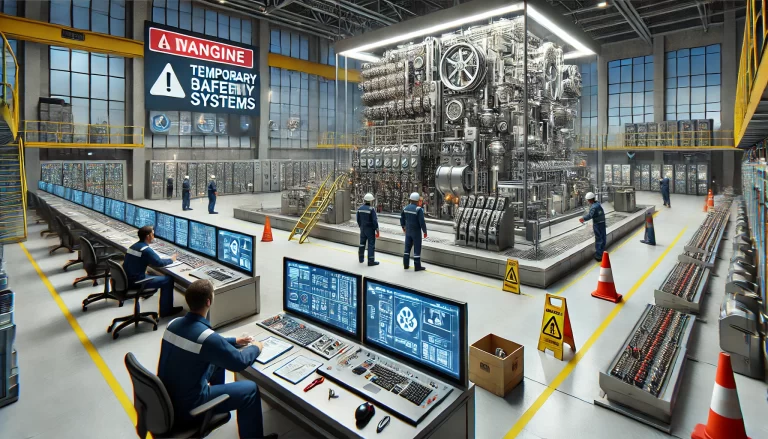
6) Decision Workflow (Textual Flowchart)
Compliance check → If validity expired or compulsory verification failed → Retire.
Safety screen → Any credible hazard (insulation breakdown, leakage, hot spots) → Retire/Replace.
Performance check → Out-of-tolerance after 2 calibrations or unstable repeatability/drift → Retire/Replace.
Reliability check → MTBF trending down, repeat failures post-repair → Retire/Overhaul.
Economic check → Cost thresholds exceeded (≥30% annual or ≥20% single) → Retire.
Applicability check → Obsolete vs. process/standard requirements; spares unavailable → Retire/Upgrade.
If all above pass → Apply Adjusted Life (Section 4), set next review date, continue use.
7) Practical Checklists
7.1 Quick EoL Screening (Monthly)
Verification validity in date (legal metrology where applicable)
Calibration drift within spec; last 2 results stable
No repeat failures in last 3–6 months
No safety/insulation/corrosion red flags
Spares and firmware support available
Annual maintenance cost <30% of original value
7.2 Annual Technical Review
Trend MTBF/MTTR, failure codes, and downtime impact
Compare performance KPIs (error, repeatability, stability) year-over-year
Re-rate Adjusted Life with current operating conditions
Decide Extend / Overhaul / Retire and update ledger

8) Notes on Standards & Lifecycle Management
When available, prioritize manufacturer design life and manuals.
Establish an internal lifecycle management procedure consistent with GB/T 44452-2024 (Lifecycle management for industrial process measurement, control, and automation systems and components).
Ensure integration with MOC (Management of Change) and SIS/safety procedures where applicable.
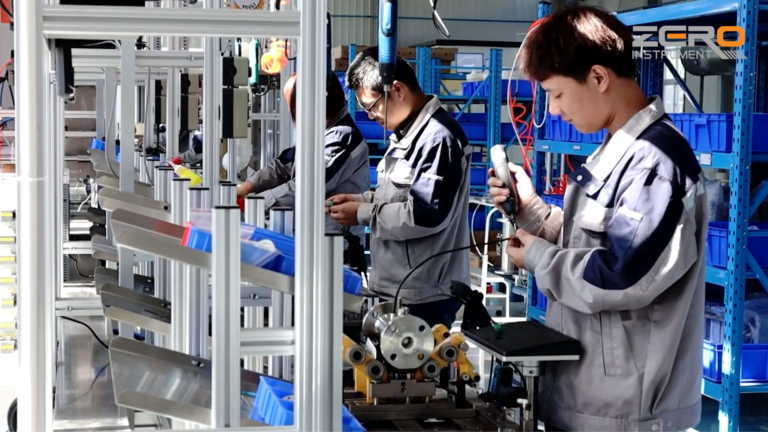
9) Example Policy Clause
“An instrument is considered at end-of-life if any of the following is true: (a) compulsory verification invalid or failed; (b) two consecutive calibrations exceed allowable error; (c) recurring failures after repair; (d) key functions lost; (e) credible safety hazard exists; (f) unable to meet current process/standard requirements or spares unavailable; (g) annual maintenance cost exceeds 30% of original value or a single repair exceeds 20% of original value. Baseline life shall follow the manufacturer’s design life or industry norms, adjusted ±30% for environment, duty cycle, and maintenance quality. Records and decisions shall be logged in the equipment ledger, with at least one comprehensive reliability review per year.”
